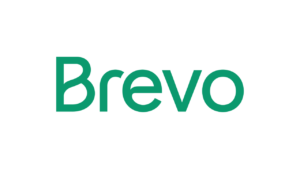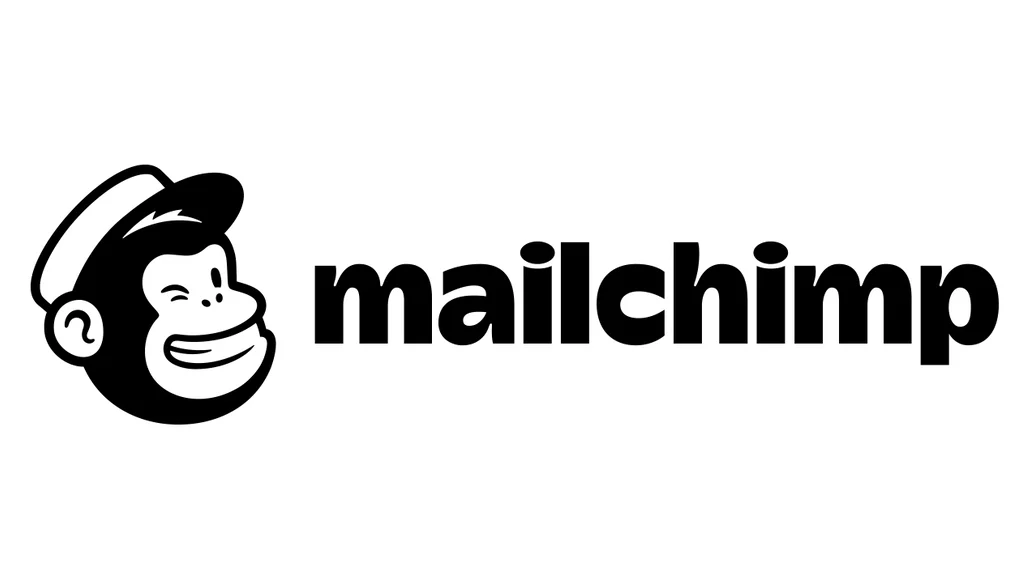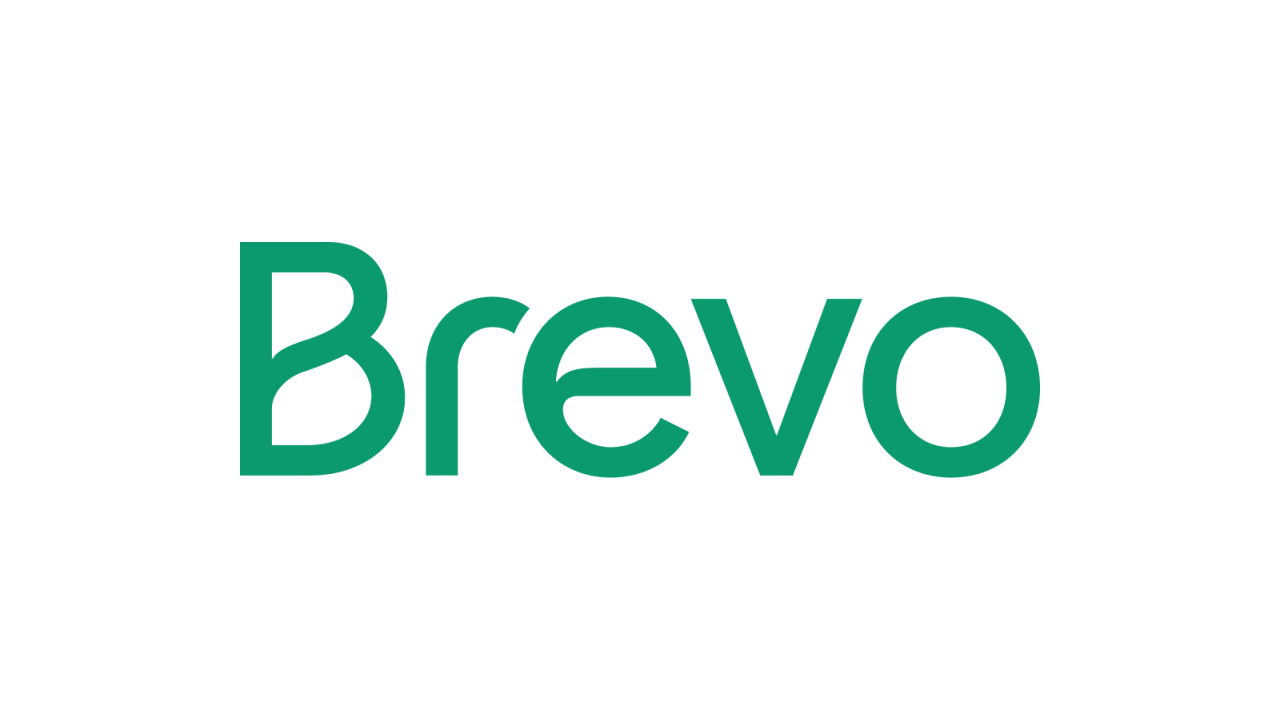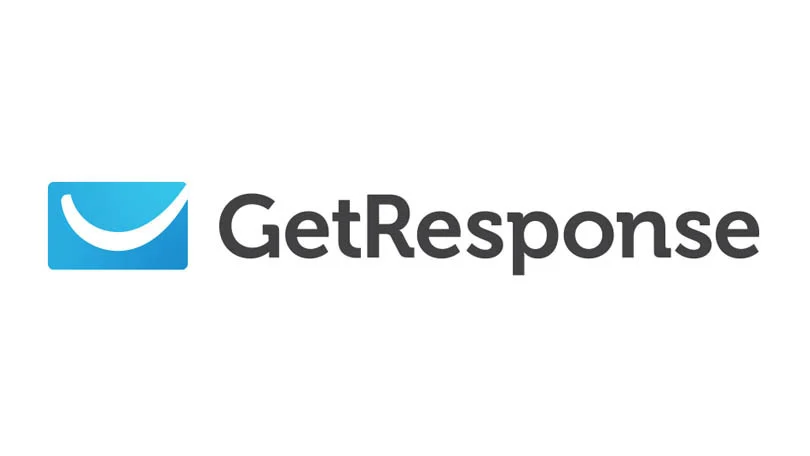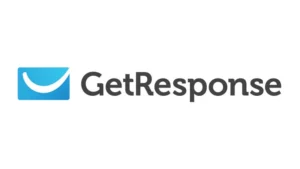Top Email Marketing Software
- Our Overall Pick: Mailchimp
- Best for Multi-Channel Marketing: Brevo
- Best for Campaign Automation: Campaigner
- Best for E-Commerce Businesses: OmniSend
- Best for Email Beginners: Zoho Campaigns
- Best for AI Tools: GetResponse
- Best for Growing Your Email List: Constant Contact
How Much Does Email Marketing Software Cost?
Most email marketing service providers offer monthly plans based on how many contacts you have and how many emails you want to send. The range for these plans is incredibly large, starting at $10 or $20 per month and going up to several hundred or thousand dollars per month.
Some email software providers, such as Zoho Campaigns, offer pay-as-you-go pricing in addition to or instead of monthly pricing. This means you only pay for the emails you send.
The final cost factor to consider is add-on features. Add-ons are extra capabilities that you tack onto your base plan. Some common ones with email marketing providers include texting and AI.
Essential Email Marketing Software Features
As you compare the email marketing providers on the market, consider which features you need to meet your business goals. Here are a few essential ones to keep top of mind as you research.
Send Volume
Most email service providers limit the number of emails you can send per month based on the size of your contact list and the plan you choose. If you run regular campaigns, such as weekly newsletters, make sure you choose a plan with enough sends.
Also consider if you need transactional emails, which include password resets, purchase confirmations and other automated sends. In many cases, these types of emails are treated as separate from the total number of allowed email sends.
Migration
If you are using another tool to manage your contact list at the moment, you want to choose an email marketing platform that can handle the data migration. With most platforms, you can upload a file or copy and paste names and contact details. Some platforms also integrate with common business tools to make this data transfer seamless.
Even rarer, but still possible to find, is a platform that offers assisted onboarding. Part of this assisted onboarding is inputting all of your contact data into your new system for you. This assistance is only available with some providers. Even still, it typically comes with just the highest paid plan.
Integrations
Since email is just one piece in the larger digital marketing puzzle, you want to make sure you can connect your email platform to any other software you’re using. At a minimum, check to see if you can integrate your:
- Social media platforms (e.g., Facebook, Instagram, YouTube, X)
- E-commerce platforms (e.g., Shopify)
- Sales platforms (e.g., Salesforce, HubSpot)
- Content management system (CMS) (e.g., WordPress)
If your email software can’t connect to these tools directly, see if it can connect to Zapier. Zapier has thousands of integrations, so you may be able to use it as an intermediary to connect email to everything else.
Email Builder and Design Templates
All of the providers on our list have a drag-and-drop email builder with templates. You can drag and drop different design elements, such as text blocks, image blocks and button blocks, into the email you’re creating. Or, you can use the provider’s templates. Either way, there is no need for coding.
Because all of the providers have this feature, you’re going to need to test each one to learn about the subtle differences between them. These subtle differences can have a larger impact on user experience, which can help you determine which provider to go with.
Automation
Most email marketing platforms have an automated workflow builder where you can set up rules to trigger email sends automatically. For example, if you’re an e-commerce business that wants to send each customer a discount during their birthday month, you can craft an email with the discount code and set the trigger as the first day of the month. When the first of the month rolls around, this automation workflow would pull all of the customers from the contact database with a birthday during that month and send them the email.
Each platform has a slightly different system for creating workflows. However, it’s standard for them all to have a way to visualize these flows with something that looks like a flow chart.
Overall, it’s really about personalization and automation. Those are the two biggest things I look for. How can I streamline processes internally? How can I streamline the customer journey? How can I make everything more efficient? But then also, at the same time, how can I personalize that experience for each consumer that is coming through my funnel?
Kelli Jo Cesarz, CRM Manager at TRANZACT
Audience Segmentation
Splitting your contacts into groups can help you send them targeted emails that make sense for them, which improves engagement. Most email marketing tools have audience segmentation as a capability. You can create groups for new customers, repeat customers who buy something at least once a month, lapsed customers who haven’t bought anything in at least six months and other parameters. You can then use these groups to create your marketing campaigns and automated workflows.
A/B Testing
Be on the lookout for testing tools. This is common, but not as common as the other features in this section, so not all providers have it. With testing, you can send several versions of an email to different segments of your contact list to see which version performs the best. For example, maybe you want to test two different subject lines. You could send the first version to group A and the second version to group B and see which one results in more emails being opened.
Regulation and Compliance
Congress passed the CAN-SPAM Act in 2003 to protect consumers from unwanted electronic mail and other marketing messages. Businesses that send emails must comply with the regulations in this act, including not using false or deceptive language and giving recipients a way to unsubscribe. If you fail to meet these requirements, the Federal Trade Commission (FTC) may issue fines or penalize you in other ways.
Any email service provider you use should follow CAN-SPAM guidelines to help you avoid penalties.
AI Tools
Artificial intelligence is driving innovation for software in every industry, and email marketing is no exception. Many of the email platforms on our list offer AI tools to help with design, copy and more. As more providers offer them, these tools can be a useful way to simplify the campaign creation process.
Does Email Marketing Still Work?
Email marketing is a huge channel, considering the sheer number of people who use email in their day-to-day lives. However, you must consider if it works for the type of business you run. In particular, email marketing works well for local businesses and e-commerce businesses.
If you decide to use email marketing, make sure you have a system in place to measure if it is successful. Some common email metrics to track include:
- Open rate: The percentage of recipients who open your email
- Click-through rate: The percentage of recipients who click on a specific link in your email
- Bounce rate: The percentage of email addresses that fail to receive your email
- Unsubscribe rate: The percentage of recipients who hit the “unsubscribe” button after opening your email
The Bottom Line
Email marketing software can be a key component of your marketing toolkit once you find the right one for your business. As you evaluate the options on the market, ask yourself how many contacts you have and email sends you need. Do you want basic features or advanced ones, such as automation, segmentation and AI? Use these questions as a starting point.
Based on our evaluation of seven providers, Mailchimp is our top pick overall for its breadth of features, ease of use and value for price. However, if you are new to email marketing, you may like Zoho Campaigns and Constant Contact. More experienced marketers might gravitate toward Brevo or Campaigner.
Frequently Asked Questions About Email Marketing Software
There are many types of emails that businesses can send using email marketing. Some of the main types include:
- Transactional emails: Transactional emails include order confirmations, shipping notifications and password resets. They are functional in nature, relating to how you make money.
- Promotional emails: Promotional emails promote a product, announce a sale or provide a discount code. They encourage recipients to purchase from you.
- Email newsletters: Email newsletters provide updates about your business. They’re informational, so while they may direct recipients back to your website, they’re not meant to result directly in sales.
- Retention emails: Retention emails keep your contact list engaged with your business. For example, you can remind customers about an item in their cart or promote items that are going out of stock to keep your brand top of mind.
No, you don’t need a customer relationship management (CRM) platform for email marketing. All you need to get started is a list of email contacts. However, if you already use a CRM for sales, you can transfer the contact list to the email marketing software.
Mailchimp is an email marketing platform, not a CRM. However, it has a contact database of subscribers to send emails to, which is similar to the way a CRM stores information about customers. If you want full CRM capabilities, you will need a dedicated CRM tool.
Many email software providers, including Mailchimp, Zoho Campaigns, Brevo, OmniSend and GetResponse, offer free plans for businesses that are just starting out with email marketing. These plans typically have a limited number of contacts and sends. As for paid plans, Zoho Campaigns offers the lowest starting price out of the providers on our list at $3 per month.
Methodology
We at the MarketWatch Guides team spent over 100 hours testing almost 35 marketing software solutions, including Mailchimp, Constant Contact, Semrush and Google Analytics. These providers help with some or all of the following marketing disciplines:
- Search engine optimization (SEO)
- Text/short message service (SMS)
- Email marketing
We conducted a survey in 2024 of 200 professionals who were currently using marketing software or had marketing HR software within the past year. We analyzed the results of this survey to determine the following rating criteria:
- User Experience (7%)
- Pricing (8%)
- Features (65%)
- Customer Support (5%)
- Reputation and Reviews (15%)
Visit the full marketing methodology page for more details on our rating system.
If you have feedback or questions about this article, please email the MarketWatch Guides team at editors@marketwatchguides.




